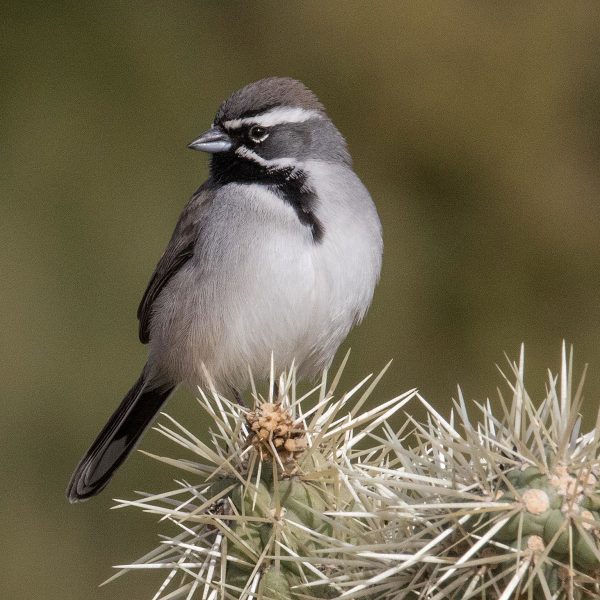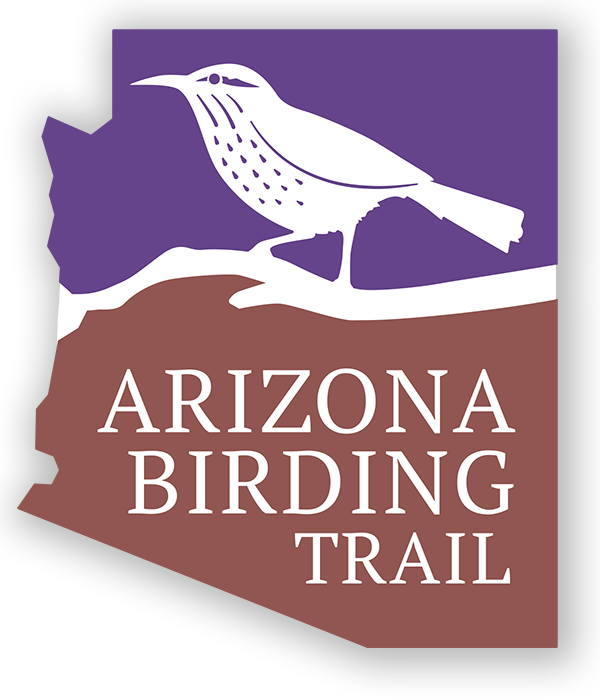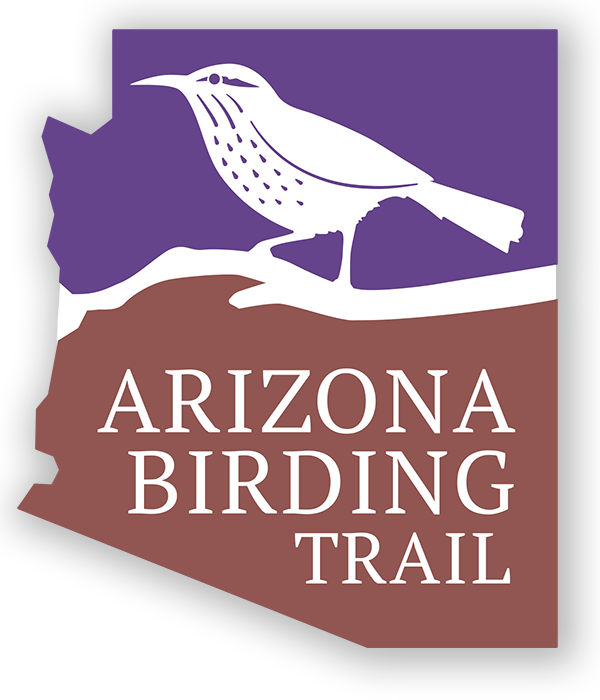Know Before You Go
Simple things to keep in mind as you explore Arizona.
Safety First!
The Arizona Birding Trail is your guide to great birding and other watchable wildlife opportunities around the state. However, we’d like to help you make it a safe and enjoyable experience. Arizona is home to many different climates, each of which can present its own challenges, especially when out exploring the wilds searching for birds. This page describes some simple things to keep in mind as you explore our state.
Arizona is a vast state with many different environments. Much of Arizona is dominated by desert, areas that oftentimes have little water and even less shade. Other parts of the state are remote and prone to sudden changes in weather. Below are some basic safety tips to make the best out of your birding experience.
Make a Plan
Many of Arizona’s best birding spots are off the beaten path, so always make a plan before heading out on any excursion. Travel with one or more people just to be safe and let others know your plan for the day before heading out. Before venturing into remote areas, know where the nearest emergency facilities are located.
Water
Always bring plenty of water when exploring the outdoors. Potable water can be very difficult to find, especially in remote areas. Always assume that any surface water you find is contaminated. When hiking, carry at least a quart of water with you. Bring more for all day excursions. Remember to drink the water you carry before you are thirsty to avoid dehydration.
Sun
Yep, Arizona is sunny. With the heat and lack of water, the sun can be very dangerous when exploring wild Arizona. Protect yourself from the sun’s rays with a wide-brimmed hat, sunglasses, and long-sleeve shirts and pants. And always use sunscreen. Apply it before venturing out and reapply every two hours.
Heat
Arizona can be extremely hot, especially during the summer months in the state’s southern desert regions. Fortunately, the hotter seasons also offer longer days and plenty of birds and other critters. Try to plan your excursions earlier or later in the day to avoid maximum heat. (The animals are more active then, too.) And be sure to bring plenty of water! Consider birding at higher elevation locations later in the day where it is cooler than in the lowlands.
Roadways and Rain
Rain can be very sneaky in Arizona and flash floods are common. The monsoon season (mid-June through mid-September) can create dangerous—and sudden—storms. Just because it’s dry and sunny where you are, do not assume it’s safe to cross a dry wash. If water is running across the road, wait it out before crossing in a vehicle. And never park your vehicle in a dry wash.
Roadways and Ice/Snow
Northern Arizona can be windswept and susceptible to sudden changes in weather, especially during the colder months. When exploring northern Arizona, make sure your vehicle is equipped to handle snow and ice conditions.
Don't Touch the Animals
No doubt, Arizona is home to some amazing animals. But some of them can be dangerous. Rattlesnakes, scorpions, and Gila monsters are just a few of the common but dangerous animals that live here. Always enjoy these critters from a safe distance. When exploring, always watch where you place your hands and feet. Black bear, mountain lion, and javelina are larger animals that you might encounter in Arizona, too. Never approach these animals and admire them from a safe distance.
Border Region
Some of Arizona’s best birding is found in the southern border region. However, these areas can also witness illegal activity associated with the international border. Before visiting a site in the border region, use the web links and contact information provided under each site description to check with the land manager. Here you’ll find the latest information about safety in the area as well as what, if any, other safety precautions you should take while exploring.
Field Trips
Tucson Audubon Society
Take a guided birding trip!
Tucson Audubon Society guides a variety of birding trips. Space is limited, so sign up early.

Special Permits
While all of the sites that make up the AZBT are open to the public, some sites do require that visitors have a special use permit before visiting. Before visiting be sure to check each individual site profile on the AZBT for information on special use permits or ways to contact the site manager.
Native Nations
State Trust Lands
Much of Arizona is managed by the State Lands Department and a few of the sites along the AZBT are found on these lands. Accessing these areas requires a public use permit. Learn more about a ASLD recreation permit here or by calling (520) 628-5480.
Private Property
While all of the sites on the AZBT are on public lands, many of the sites are adjacent to private property. Be aware of your surroundings and always heed notice of property boundaries, such as signs and fences. Also be aware that sometimes these boundaries are not clearly marked.

